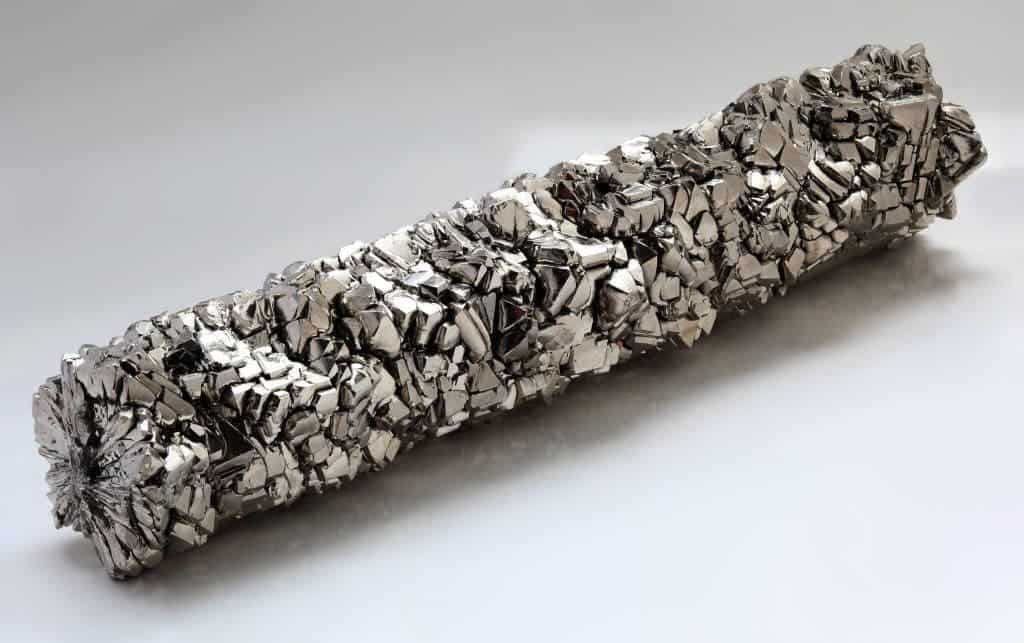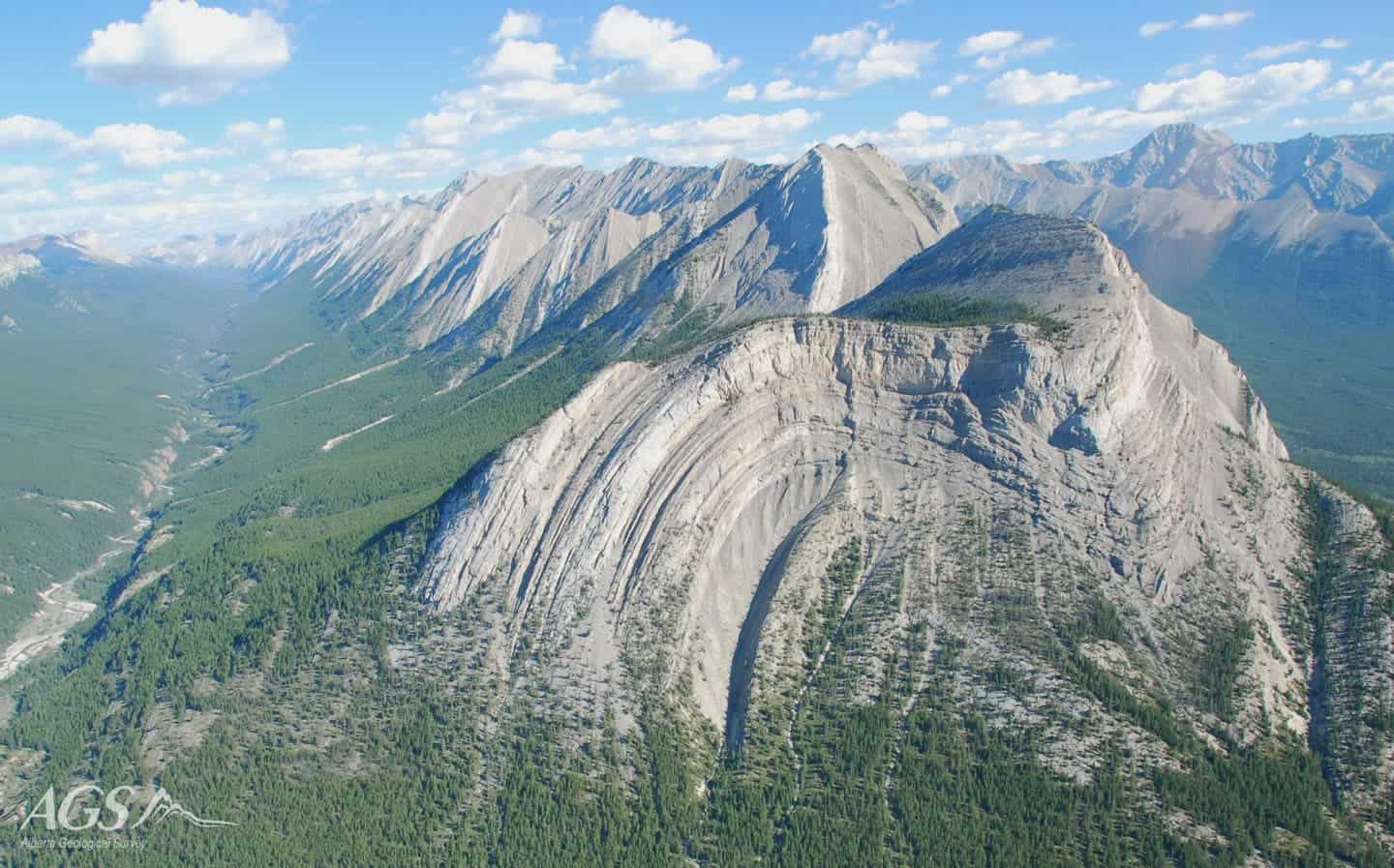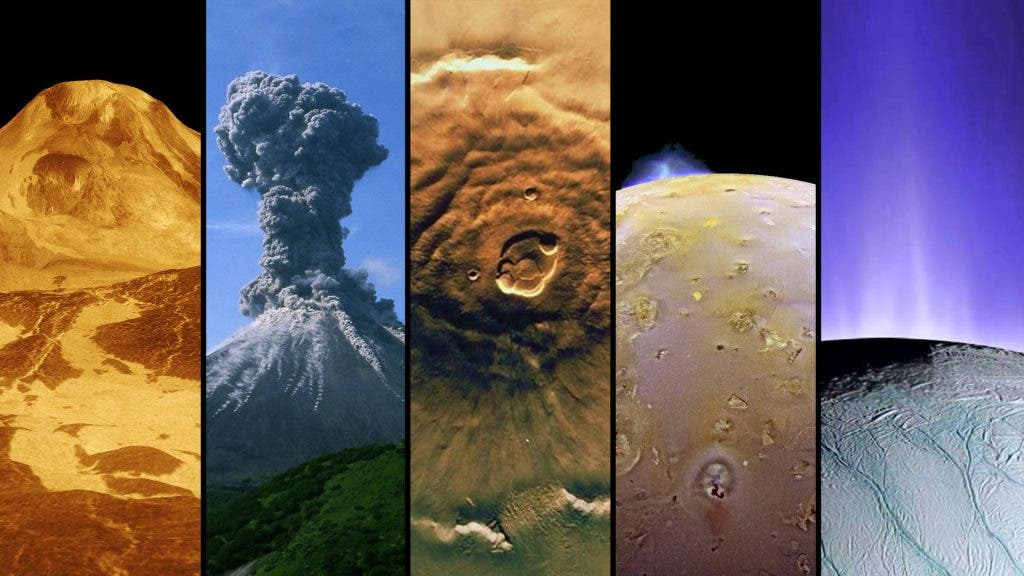This week, there’s not going to be a picture, but rather a series of picture, because you just can’t sum up the beauty of columnar basalts in a single picture.
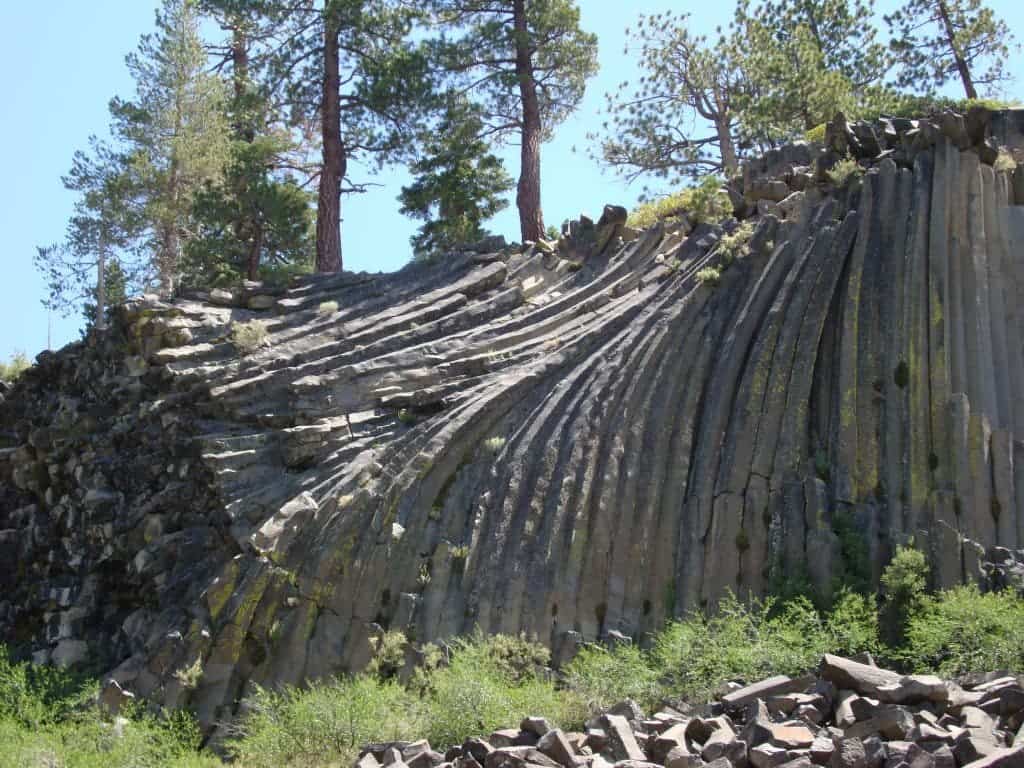
Basalt is one of the more common extrusive igneous (volcanic) rocks. But how can these hexagonal columns take form? There’s no photoshop, no cutting, so how are these formed? The key here is contractional fractures; during the cooling of a thick lava flow, these contractional fractures appear. The faster the flow cools, the more contractional forces build up.
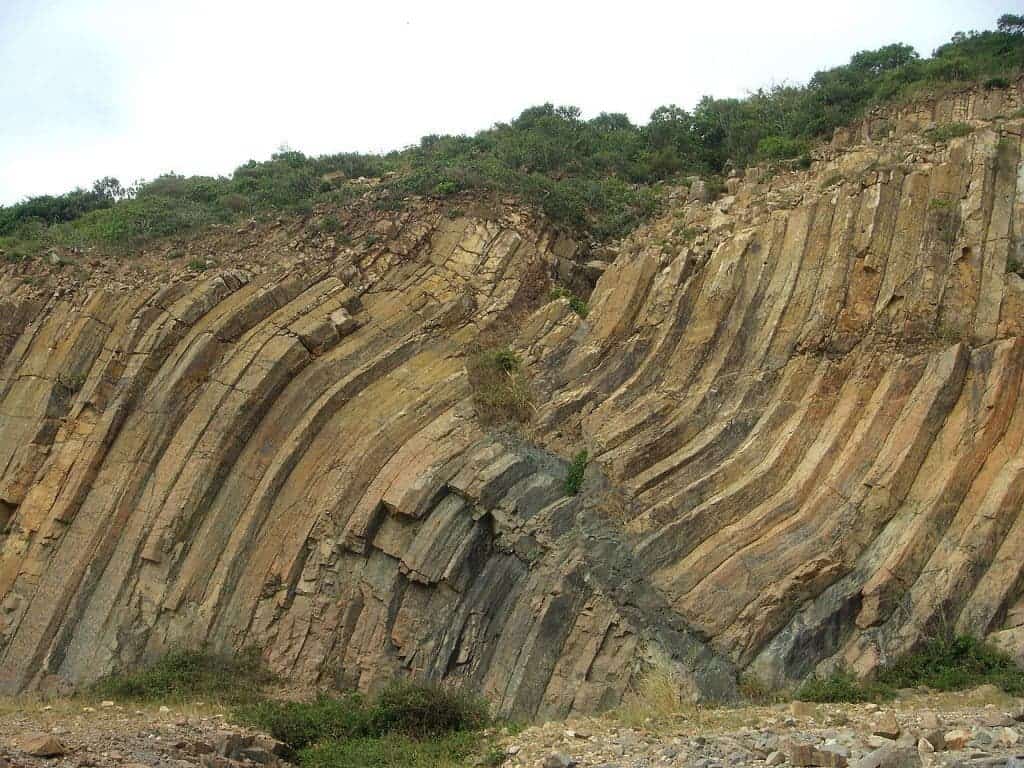
While a flow can shrink in the vertical dimension without fracturing, it can’t easily accommodate shrinking in the horizontal direction unless cracks form; the extensive fracture network that develops results in the formation of columns. These columns are predominantly hexagonal in cross-section. The size of the columns loosely depends on the rate of cooling; very rapid cooling may result in very small (<1 cm diameter) columns, while slower cooling leads to bigger columns.
